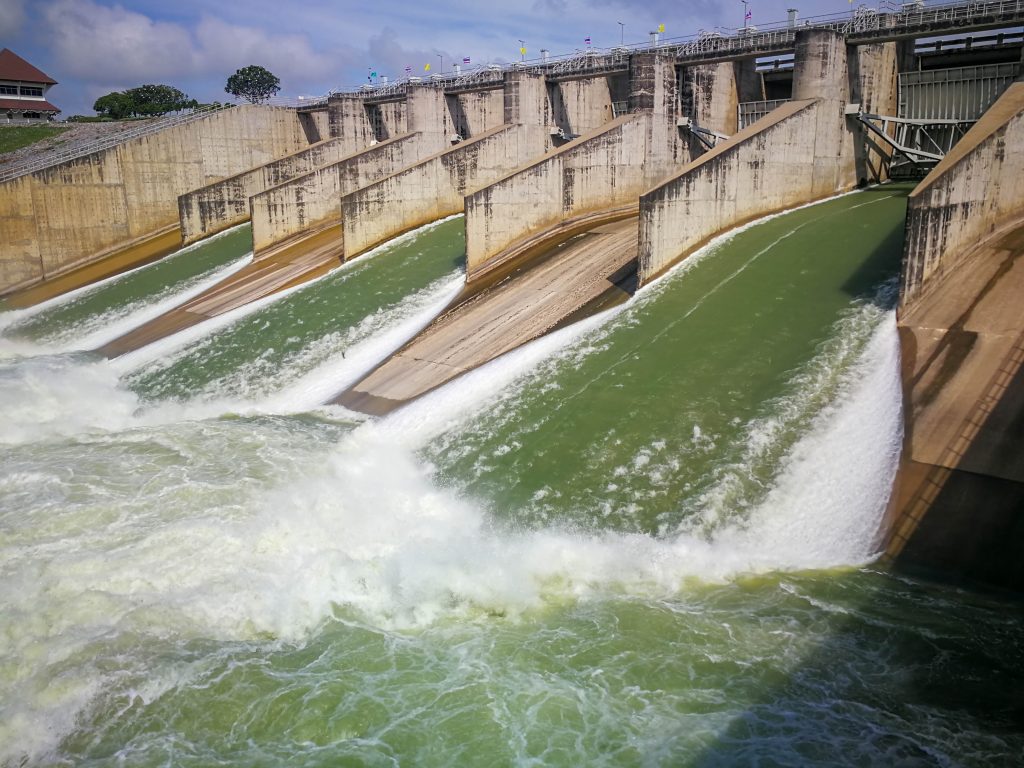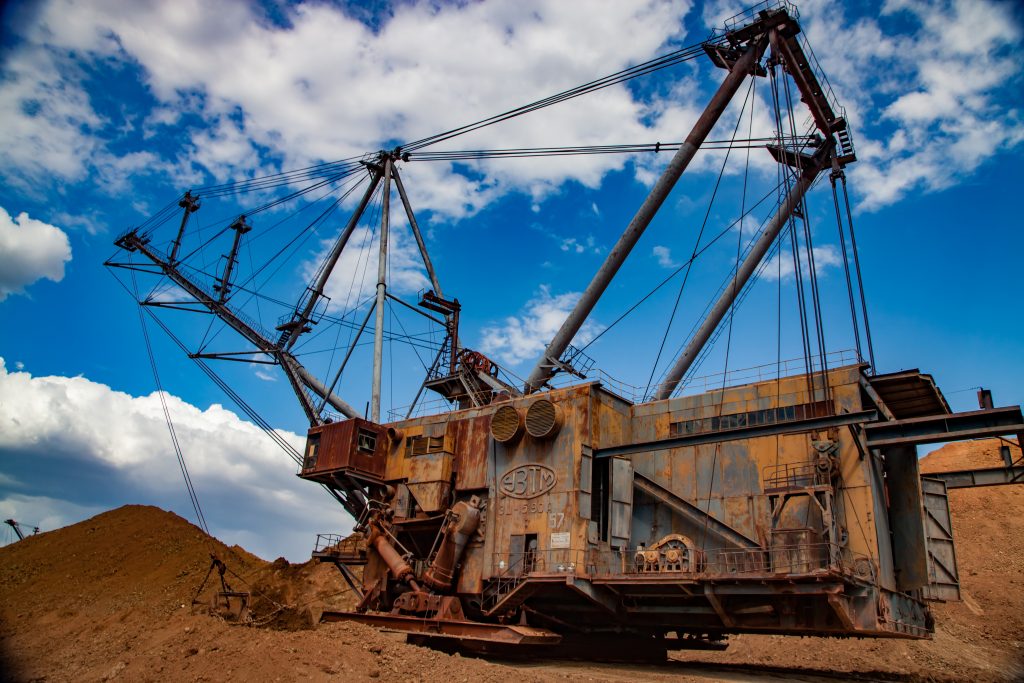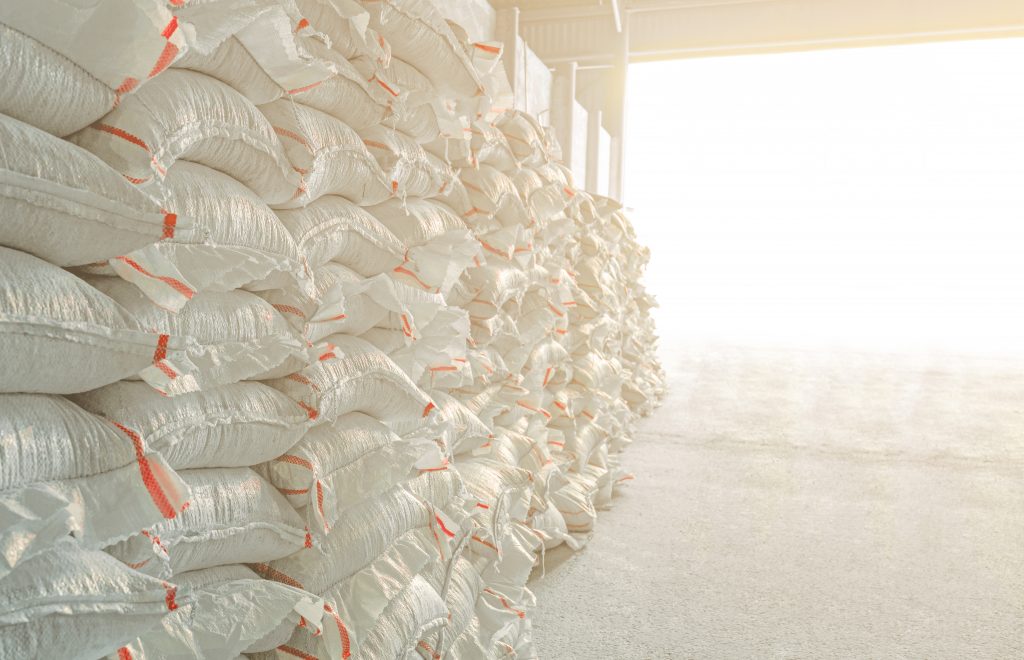COMOROS ECONOMY. Overview by axel fischer Monacoresources mrg
ECONOMIC PERFORMANCE AND OUTLOOK.
Real GDP growth for 2019 was 1.5%, half that in 2018, explained by cyclone Kenneth in April 2019, which caused destruction (power plants, roads, and production capacity) equivalent to 12.5% of GDP.
Growth has been driven primarily by electricity and transport on the supply side, and by public investment on the demand side.

For 2019, inflation is estimated at 2%, the fiscal deficit at 2.6% of GDP (financed by statutory advances from the central bank to the treasury, loans, and external aid), the current account deficit at 8.9% of GDP, and external debt at 32.4%, up slightly from 2017 (29.3%). The IMF’s latest debt sustainability analysis rated the risk of debt distress as moderate.
Poverty (at the national poverty line) affects 44.1% of the population, and the income distribution is unequal, with a Gini coefficient of 0.39. Unemployment is estimated at 3.7% in 2018, and youth unemployment at 8.5%.

AIMS…
The post-cyclone cleanup and the support from development partners (for macroeconomic stabilization and sectors affected by the cyclone) are expected to lift GDP growth to 3% in 2020 and 3.2% in 2021. The financing already obtained will be used to relaunch socioeconomic, production, and private sector support infrastructure. Inflation is projected at 1.9% for 2020 and 2.1% for 2021, the fiscal deficit at 2.8% of GDP then 3.1%, and the current account deficit at 8.8% of GDP then 8.7%. Between 2016 and 2018, the real electricity access rate rose from 75.4% to 77.8% and available capacity increased by 32% (from 19MW to 25MW).

The government aims to stabilize the energy sector by implementing decrees to separate water and electricity, create a new electricity company, and review the electricity tariff structure. Structural challenges include vulnerability to climate change, with increasingly frequent and violent cyclones. Labor and capital productivity is low.
The diversification of national production and exports (ylang ylang, vanilla, and clove) is weak, market size is small with fewer than 1 million inhabitants, and given the country’s isolation, costs are high for international transport.

